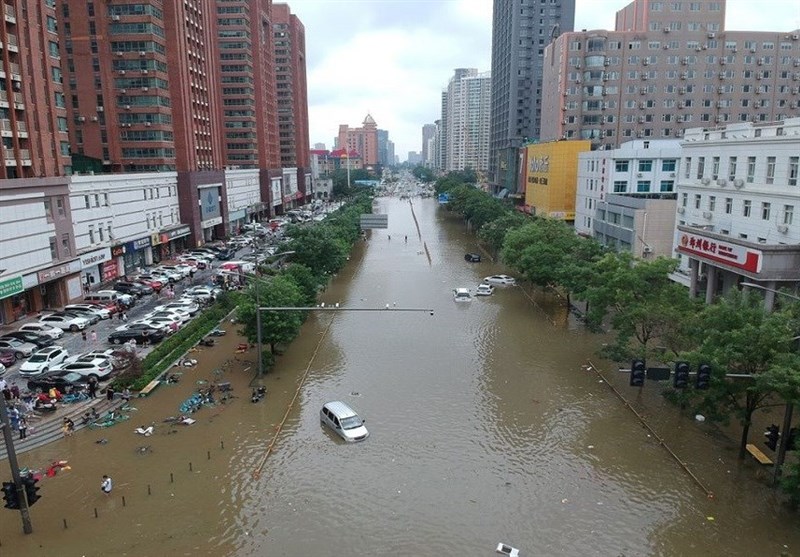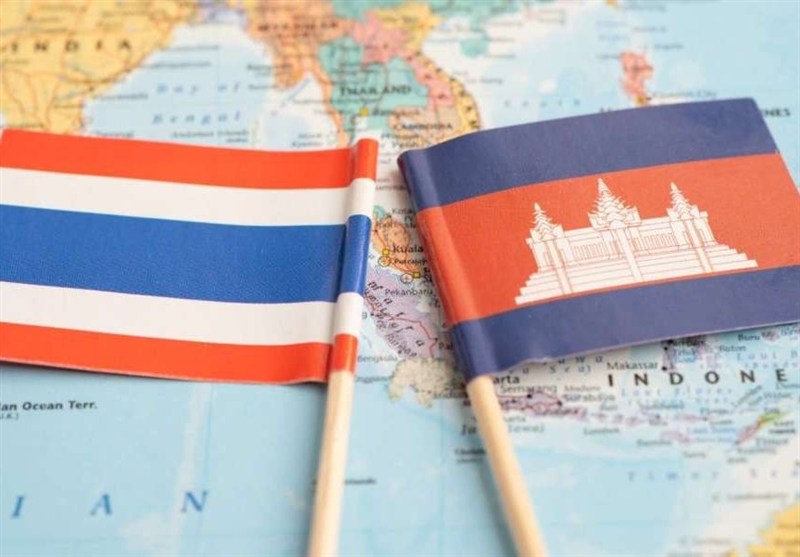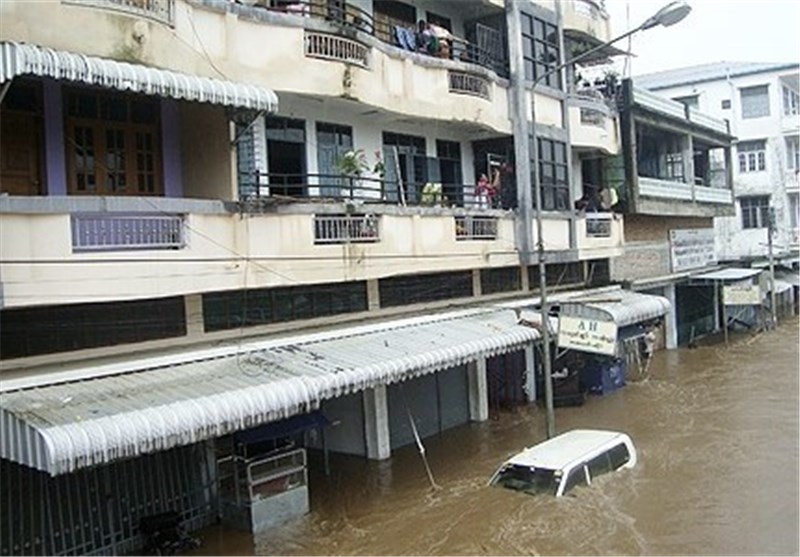Shanghai relocated more than 280,000 people, halted hundreds of flights and ferry services and imposed speed limits on roads and railways on July 30 as a tropical storm whipped eastern China with gales and heavy rain.
Typhoon Co-May’s landfall in the port city of Zhoushan in Zhejiang province in the early hours of July 30 was soon followed by warnings of a tsunami set off by a powerful earthquake off Russia’s Far East, raising concerns of larger-than-expected storm surges along the Chinese coast, Reuters reported.
While the winds ushered in by Typhoon Co-May are weaker than those generated by typhoons, the Chinese financial hub and other cities in the Yangtze delta have taken no chances.
At least 640 flights could be cancelled at Shanghai’s two main airports on July 30, including 410 at Pudong and 230 at Hongqiao, authorities said.
All ferry services in Shanghai had been cancelled since July 30 morning, and drivers were told to drive under 60kmh on highways, local media reported.
Shanghai’s Disneyland and Legoland remained open. But some rides and performances would be suspended at Legoland due to weather conditions, the park said. Airports at nearby cities Ningbo, Wenzhou and Hangzhou also saw flight cancellations and diversions. As of July 30 morning, more than 75 per cent of the day’s flights at Zhoushan had been cancelled.
Some train services in the region were temporarily suspended with others operated under restricted speeds, state media said.
Shanghai is rarely subject to direct hits from strong typhoons that generally make landfall further south in China.
The most significant typhoon in recent years that landed directly in Shanghai was Bebinca in 2024, the most powerful tropical cyclone to hit China’s financial capital since 1949.
Co-May made landfall in Zhoushan in the early hours of July 30 with maximum sustained wind speeds near its centre of 83kmh. Forecasters expect Co-May to make another landfall closer to Shanghai later on July 30.
The storm coincided with a tsunami triggered by a magnitude 8.8 earthquake off Russia’s Kamchatka Peninsula on July 30, about 4,000km from Shanghai.
China’s National Marine Environmental Forecasting Center said the tsunami was expected to have a “disastrous impact” on some parts of China’s coast, including Shanghai and Zhoushan.
The natural resources ministry also issued tsunami warnings for the two cities, which could be hit by waves of up to 1m in height in the early evening.
Warnings of waves of up to 3m have been declared along Japan’s Pacific coast due to the tsunami.
Tsunamis generated by earthquakes are capable of travelling thousands of kilometers across vast oceans without loss of power.



